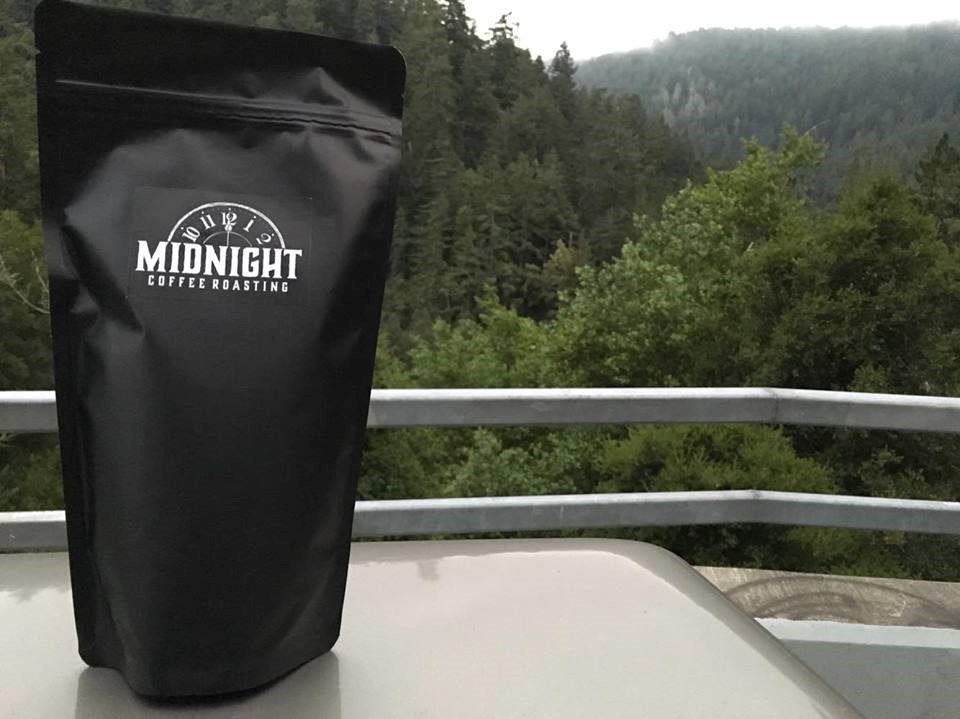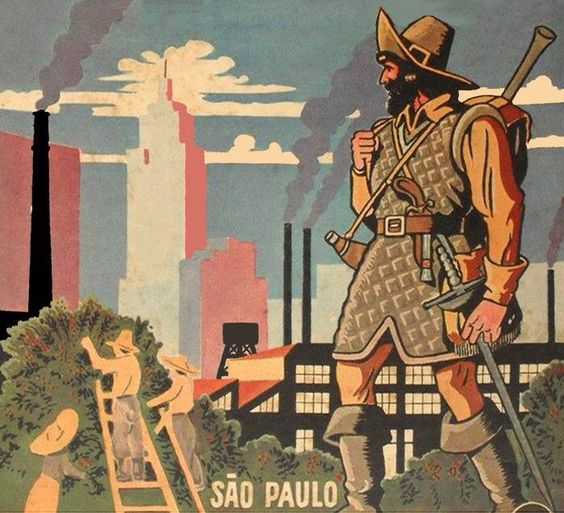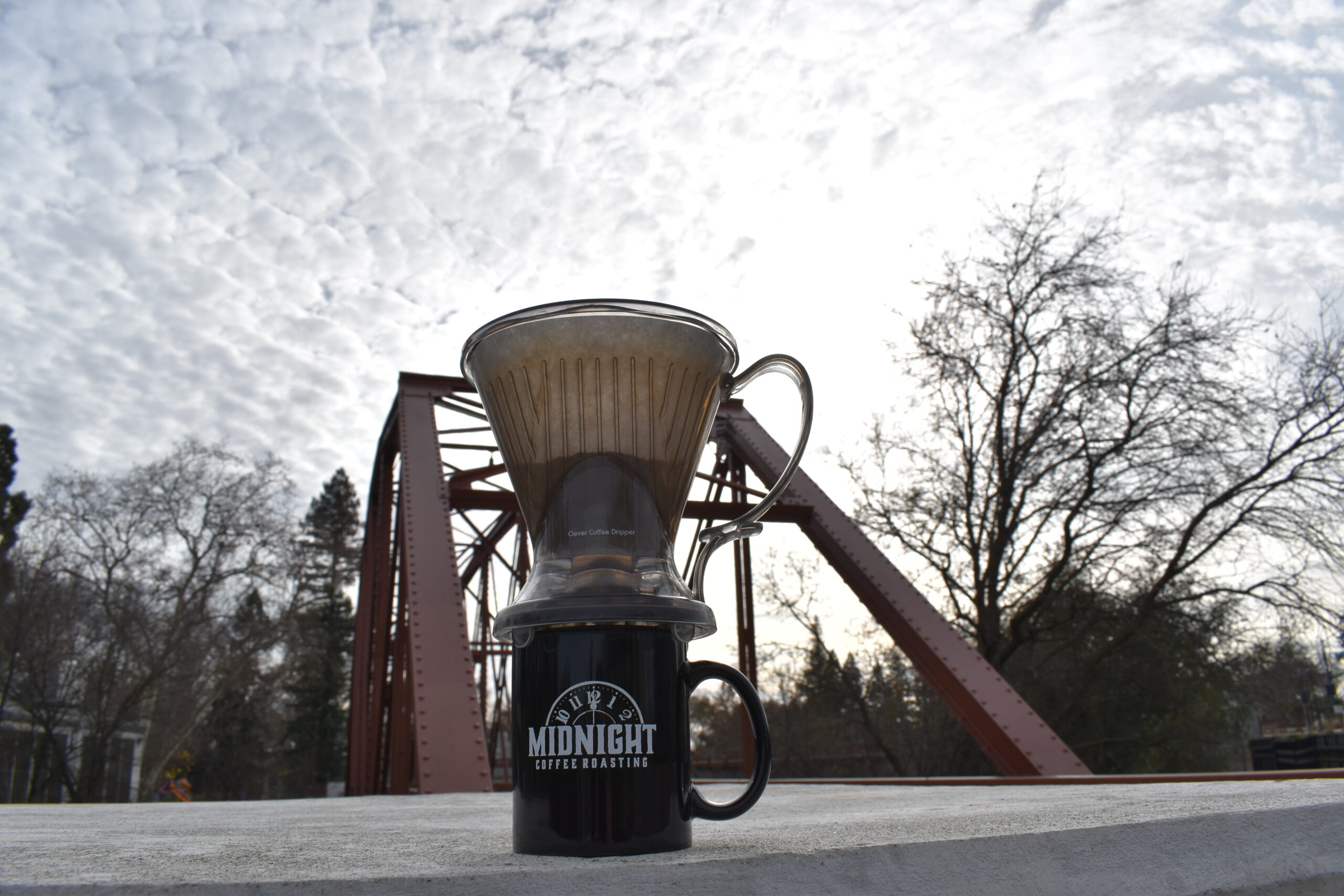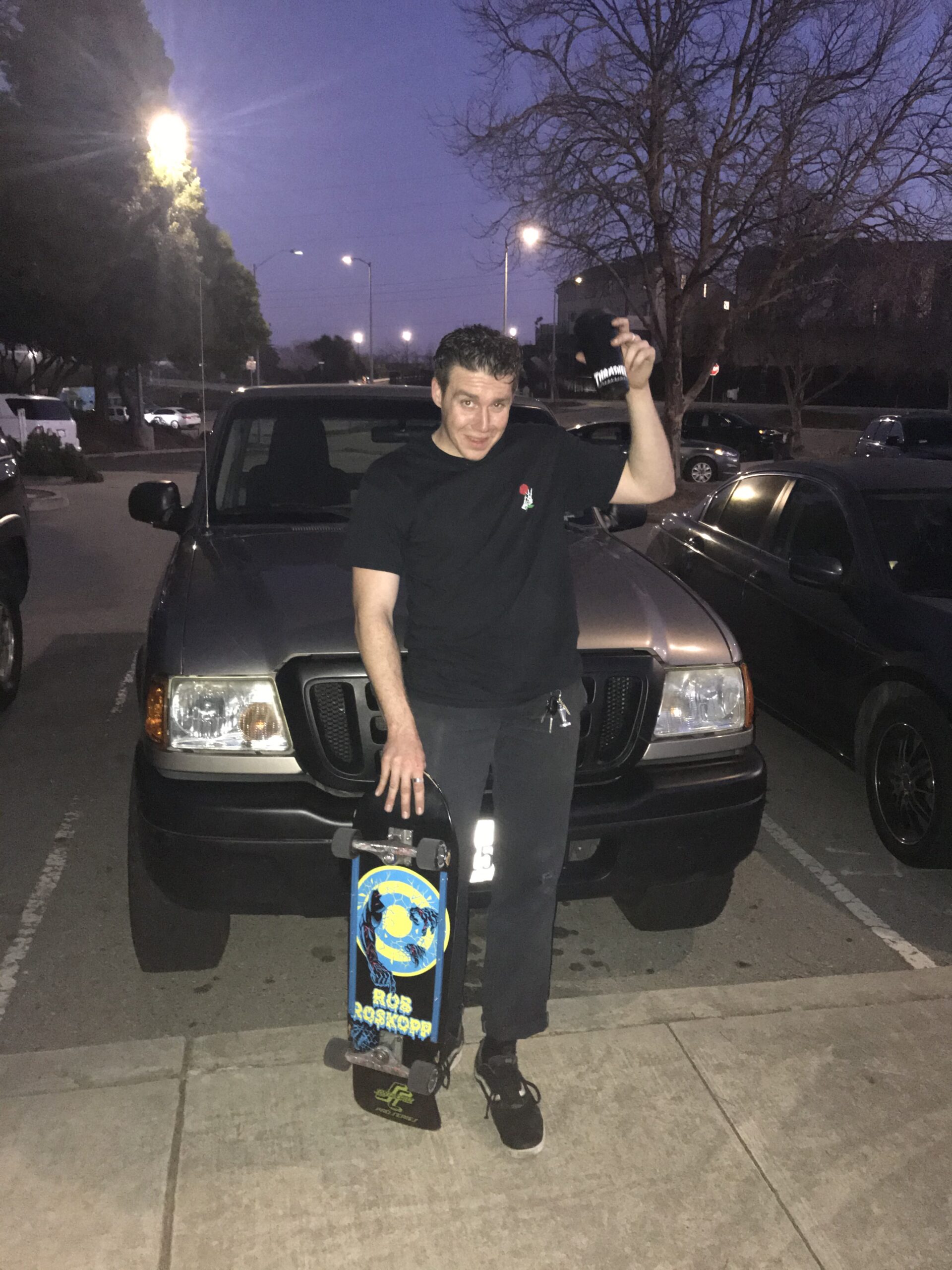
4 WAYS TO STEP UP YOUR COFFEE GAME AT HOME
A QUICK GUIDE TO TO BREWING BETTER TASTING COFFEE, MORE CONSISTENTLY.
Preface
Before we begin here, it’s important to note that these tips are mainly meant for the curious coffee drinker who isn’t impressed with what they’re producing at home. For us here at Midnight, we have the utmost respect for the unique relationship between an individual and their morning coffee ritual. To truly enjoy your coffee, you don’t have to do anything special or extra. But we do encourage you to experiment with your brew until you find the cup of coffee that tastes best to you.
1.In order to make great coffee, you’re going to need great water.
The average cup of coffee is over 98% water, meaning that the vast majority of the taste you’re getting from your coffee depends on the water that you’re putting into it.
It’s easy to slip down a rabbit hole when it comes to water chemistry and coffee brewing. If you want to go really hard, check out Jim Schulman’s Insanely Long Water FAQ, which is a grueling 17 pages of water knowledge that could lead you to a better cup.
But in all honesty, it’s pretty simple to get quality water. Basically we recommend focusing on just a few key aspects when it comes to the best water to use in your coffee: The acidity (or lack thereof) of the water, the mineral content, and the consistent measure of those two things. Water with slight acidity to it (below a PH level of 7) tends to support clarity of flavor in the coffee, and water with a moderate amount of minerals (SCA guidelines recommend 75-250 mg/L of dissolved solids) will generally create a well-balanced cup. Tap water generally is full of undesirable coffee brewing minerals like chlorine and fluoride. Generally if the water doesn’t taste great for drinking, it won’t taste great in the cup.
The best solutions that we’ve found to this conundrum are all very simple. The first is to purchase Reverse Osmosis (fancy name for filtered) water and mix it with your tap water. RO water is free of almost all minerals and henceforth creating a blend of the pure RO water with the mineral rich tap water from your faucet should produce a better cup of joe. Just make sure to measure your proportions of each and use the same one consistently so your coffee tastes the same from one morning to the next.
The next solution is just to buy spring water, we recommend Crystal Geyser Natural Alpine Water. It’s a good in between of mineral rich but also pure, and it’s easy to produce the same taste of your coffee day to day when getting your water from the exact same source.
The final recommendation for the real coffee nerds is to try Third Wave Water. Third Wave Water is a mineral additive that you dissolve into distilled or RO water, in theory creating the perfect water for coffee brewing simply and easily. We’ve tried their product extensively, and personally found it to bring out the sweetness and brightness of the coffee while reducing some rather undesired bitterness. For $15 dollar you get 12 gallons worth of additives, which lasts a lot longer than you’d think.
Overall it’s important to remember that although water is a vital part of your coffee, it’s not something to stress about. If you’re curious and want to experiment, that’s great and we encourage you to do so until you come up with a flavor profile that’s right for you. But coffee brewing is supposed to be a fun and exciting experience, so don’t let lack of access to a specific water source stop you from enjoying your daily cup.
2. Find the coffee beans that are right for you.
There’s a lot of really great tasting, high quality coffee out there in the world. The same way there’s a lot of really great beer, wine, cheese, shoes, music, and cars. There’s overwhelming variety in nearly every purchasing decision you make.
But not every song is your favorite, not every pair of shoes feels right, and we all know there’s some real funky cheeses out there. It’s so important with coffee to be intentional about the one you select, and to understand what the company you’re buying from is trying to accomplish with it. Are they just pumping out as many bags as possible, and is it only bearable with half a pint of heavy cream? Or are they trying to charge you a ridiculous amount for a coffee with sparkling acidity, and flavor notes of strawberry cheesecake and serendipitous lemondrops?
If those sound like things you’re looking for in your daily cup, by all means drink up.
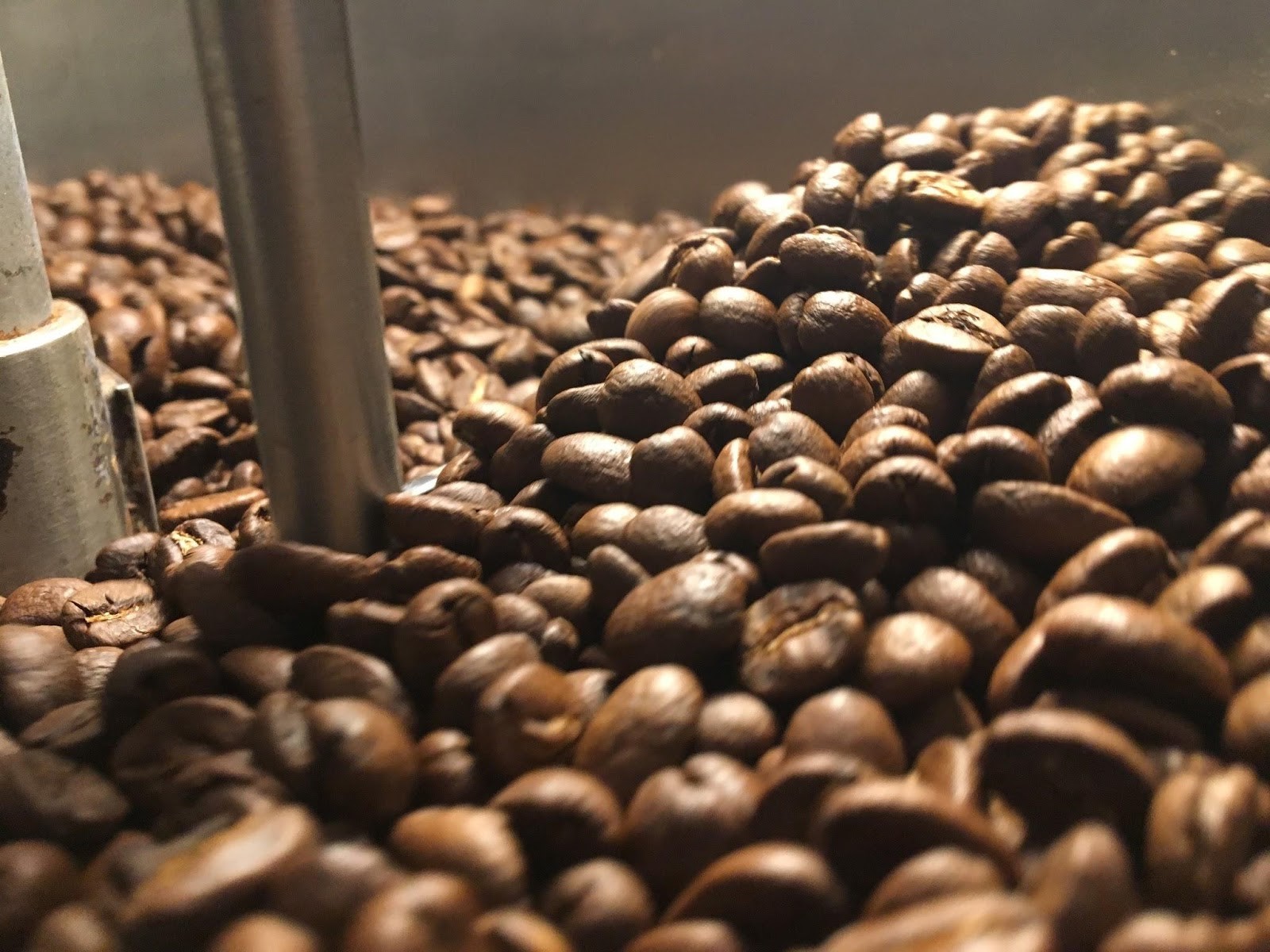 We roast coffee here at Midnight with a high emphasis on drinkability. Our motto is, “easy to love, hard to forget.” Don’t worry about your pallet being “developed” enough, don’t worry about the quality of your coffee brewer, and definitely don’t worry spending your rent money on a couple bags of coffee.
We roast coffee here at Midnight with a high emphasis on drinkability. Our motto is, “easy to love, hard to forget.” Don’t worry about your pallet being “developed” enough, don’t worry about the quality of your coffee brewer, and definitely don’t worry spending your rent money on a couple bags of coffee.
Maybe you want a coffee with the aroma of scarlet begonias and a luminous guava finish. Or maybe you just want some goddamn coffee.
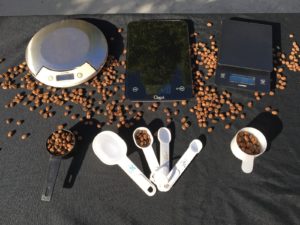 3. Measure out your coffee and water
3. Measure out your coffee and water
This one is a real dealbreaker for a lot of people, but it’s the truth.
When you’re baking a cake, do you just eyeball how much sugar and flour to mix with some random amount of eggs, toss it in the oven at whatever temperature and just hope it turns out good? Hell no. You’d have a really shitty cake. And if you ever happened to accidentally create a not shitty tasting cake, you’d have no way of recreating what you did.
I’m not saying you have to be a chemist about your coffee. You realistically don’t even need a scale! Just take your ground coffee and scoop it into your brewing device with some kind of measuring cup or spoon. If you have a scale laying around, that’s great, and maybe you’ll consider weighing out your coffee grounds before brewing.
But the real main takeaway here is to make a recipe for your coffee. It’s a food product just like everything else, and it’s to your own benefit to know with at least some certainty how much coffee goes with how much water so that you can really brew your coffee the exact way you like it, day after day. By measuring your coffee and creating a personalized recipe, you’re taking at least some of the uncertainty out of your morning. We have some handy benchmarks for you to check out here to get you started on a great cup.
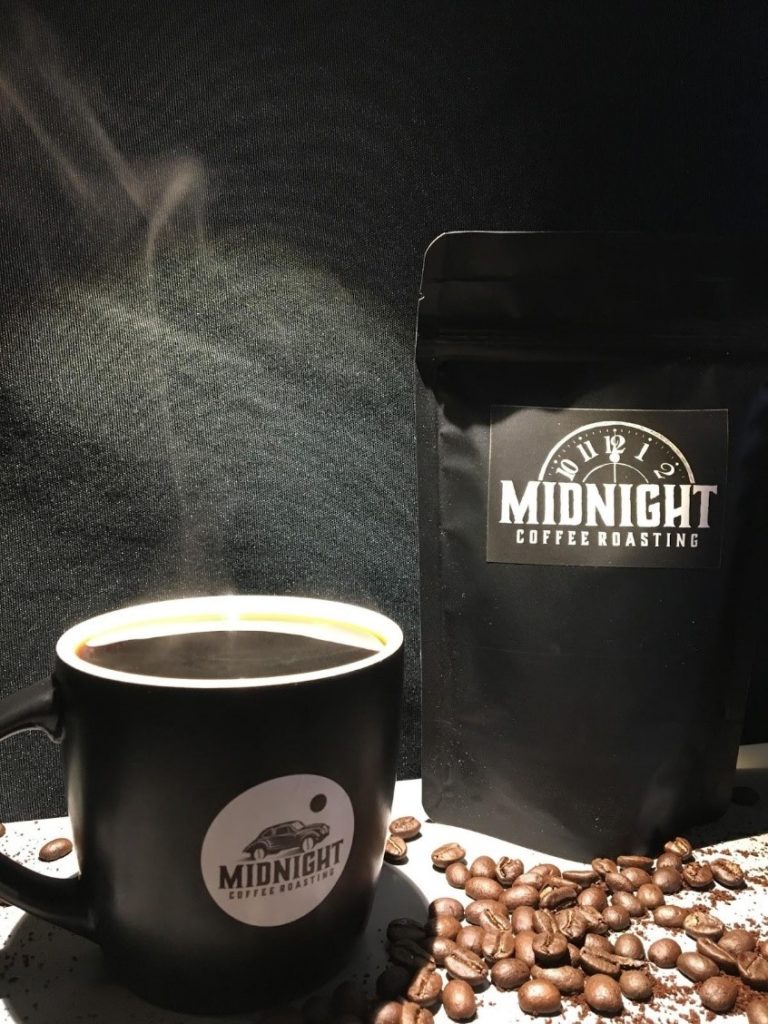 4. Preheat everything that’s going to touch your coffee
4. Preheat everything that’s going to touch your coffee
A steaming, hot cup of coffee that fills your body up with warmth and happiness is just as good as a refreshing, tall glass of iced coffee that kicks the afternoon sluggishness.
However, there’s an in between we all know too well: Luke warm coffee.
There’s nothing worse in this world than luke warm coffee. NOTHING.
Thankfully there’s a ridiculously easy step to securing your cup will be as hot as it can possibly be before hitting your lips. Rinse your coffee cup, your carafe, your brew pot, tumbler, Hydroflask, whatever thing that’s going to be in contact with your coffee with hot water before adding your coffee. It should be as hot as you can make it as to not cool down your coffee once the two materials collide. It can make the difference between a coffee that’ll stay hot for hours and a mistake in a cup you toss out your window before even making it to work.
Wrap up
Brewing really great coffee that tastes the same way each time you brew is a lot simpler than it’s been made out to be. All you really need is some good water, tasty beans, and a recipe for the two together and you’re ready to brew some awesome coffee. Just remember there’s no right or wrong way to brew coffee. Brew and drink what tastes bests to you, and what makes you feel good for the rest of the day. And feel free to reach out to us with any questions you have about coffee.
https://midnightcoffeeroasting.com/

